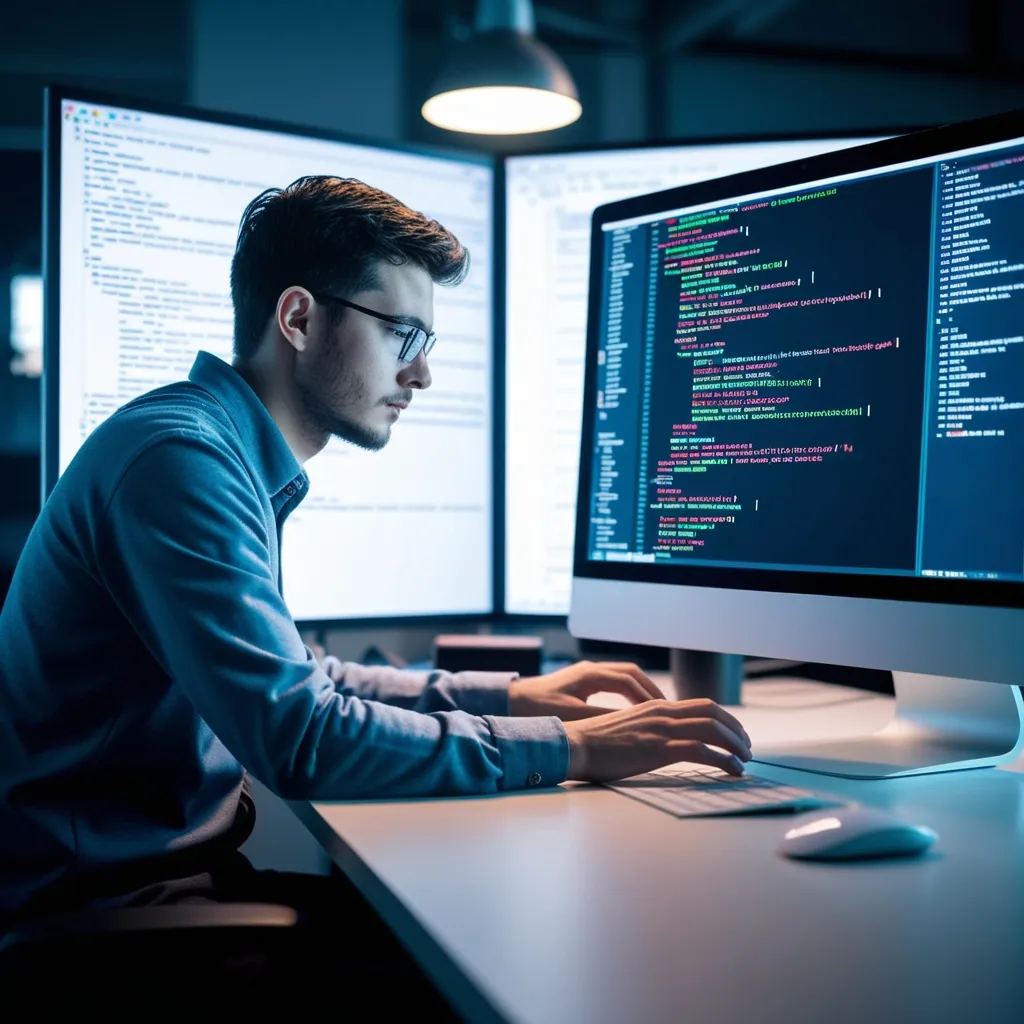Managing databases while building web APIs with FastAPI is a critical aspect, something every developer needs to master. Enter SQLModel—a powerful library that marries the strengths of Pydantic for data validation with the robustness of SQL databases for storage. This guide will take you through using SQLModel for managing databases in FastAPI, covering synchronous and asynchronous capabilities in a way that’s both casual and comprehensible.
First things first—let’s set up your environment. You need to make sure you have FastAPI, SQLModel, and a database engine like SQLite or PostgreSQL installed. Here’s a quick way to get started:
python -m venv venv/
source venv/bin/activate
pip install fastapi sqlmodel uvicorn
Once your environment is ready, it’s time to dive into creating your database models. SQLModel allows defining database models using Python classes. These models represent your database tables and can include relationships between them, making it incredibly versatile.
Check this out:
from sqlmodel import Field, SQLModel, Session, create_engine, select
class Hero(SQLModel, table=True):
id: int | None = Field(default=None, primary_key=True)
name: str = Field(index=True)
secret_name: str
age: int | None = Field(default=None, index=True)
sqlite_file_name = "database.db"
sqlite_url = f"sqlite:///{sqlite_file_name}"
connect_args = {"check_same_thread": False}
engine = create_engine(sqlite_url, echo=True, connect_args=connect_args)
def create_db_and_tables():
SQLModel.metadata.create_all(engine)
In the snippet above, a Hero model is defined with fields like id, name, secret_name, and age. The create_db_and_tables function is there to initialize the database and create tables. It’s neat and straightforward.
Next, let’s integrate SQLModel with FastAPI. This is where the magic happens. Create a FastAPI application and define routes that interact with your database models like so:
from fastapi import FastAPI
from sqlmodel import Session
app = FastAPI()
@app.on_event("startup")
def on_startup():
create_db_and_tables()
@app.post("/heroes/")
def create_hero(hero: Hero):
with Session(engine) as session:
session.add(hero)
session.commit()
session.refresh(hero)
return hero
@app.get("/heroes/")
def read_heroes():
with Session(engine) as session:
heroes = session.exec(select(Hero)).all()
return heroes
Two routes are defined here: one to create a new hero and another to read all heroes from the database. The on_startup event makes sure your database tables are ready when the app kicks off.
SQLModel also supports relationships between models, which is superb for more complex data structures. Here’s an example extending our previous setup:
class Team(SQLModel, table=True):
id: int | None = Field(default=None, primary_key=True)
name: str = Field(index=True)
headquarters: str
heroes: list[Hero] = Relationship(back_populates="team")
class Hero(SQLModel, table=True):
id: int | None = Field(default=None, primary_key=True)
name: str = Field(index=True)
secret_name: str
age: int | None = Field(default=None, index=True)
team_id: int | None = Field(default=None, foreign_key="team.id")
team: Team | None = Relationship(back_populates="heroes")
The relationship here is pretty straightforward—a Team can have multiple Heroes, and each Hero belongs to a Team. Relationships are essential for organizing and managing complex data efficiently.
Now, FastAPI doesn’t just stop at synchronous operations. It supports asynchronous operations as well, making it a beast when it comes to performance. Using an asynchronous database driver like aiosqlite or asyncpg can help you handle database interactions without blocking the event loop. Here’s how you can do it with aiosqlite:
import asyncio
from fastapi import FastAPI
from sqlmodel import SQLModel, create_engine, select
from sqlmodel.async_engine import AsyncEngine
sqlite_file_name = "database.db"
sqlite_url = f"sqlite+aiosqlite:///{sqlite_file_name}"
async_engine = create_engine(sqlite_url)
class Hero(SQLModel, table=True):
id: int | None = Field(default=None, primary_key=True)
name: str = Field(index=True)
secret_name: str
age: int | None = Field(default=None, index=True)
async def create_db_and_tables():
async with async_engine.begin() as conn:
await conn.run_sync(SQLModel.metadata.create_all)
app = FastAPI()
@app.on_event("startup")
async def on_startup():
await create_db_and_tables()
@app.post("/heroes/")
async def create_hero(hero: Hero):
async with async_engine.begin() as conn:
await conn.execute(select(Hero).where(Hero.name == hero.name))
result = await conn.execute(select(Hero).where(Hero.name == hero.name))
if result.first():
return {"error": "Hero already exists"}
await conn.execute(Hero.insert().values(**hero.dict()))
return hero
@app.get("/heroes/")
async def read_heroes():
async with async_engine.begin() as conn:
result = await conn.execute(select(Hero))
heroes = result.fetchall()
return heroes
See how the async setup improves efficiency? This helps especially when running high-load applications benefiting from non-blocking database operations.
As we wrap this up, keep in mind a few best practices:
- Always use virtual environments to keep project dependencies isolated.
- Make sure your database connections are appropriately managed to avoid issues like connection leaks.
- Robust error handling is your friend—implement it to manage database errors and exceptions gracefully.
- Write unit tests to verify your database interactions are flawless.
- Keep your code well-documented, especially when dealing with complex database models and relationships.
Using SQLModel with FastAPI is like using a Swiss Army knife for your database needs—versatile and powerful. It combines Pydantic’s data validation with the reliability of SQL databases, helping you create robust and scalable applications. Whether you stick with synchronous operations or venture into asynchronous territory, SQLModel gets the job done.
Just remember to follow best practices like proper error handling, thorough testing, and clean documentation, so your code stays maintainable and efficient. Happy coding!





